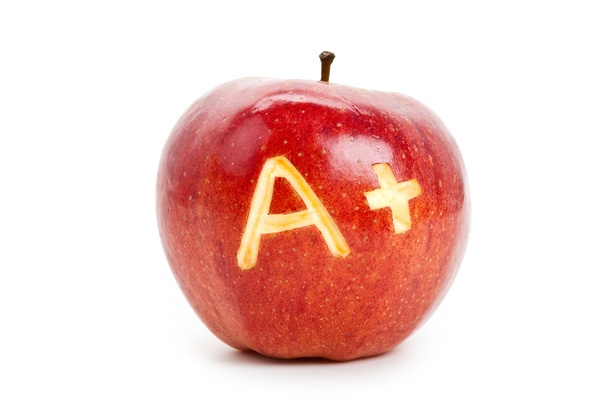Sustainability in packaging cuts across the entire supply and manufacturing chains. This means that every step in the process must contribute to the sustainability of the finished product, while providing the benefits brand owners want.
Why Flexible Packaging Matters
One of the primary goals of brand owners and food packaging suppliers is zero food waste. To attain that goal requires the use of advanced flexible packaging technology. Bag-in-Box technology is becoming increasingly popular for liquids such as wine, juices, and other liquid consumer products, as well as for food products such as ice cream and other dairy items.
Flexible plastic packaging for Bag-in-Box applications comes in a variety of thicknesses depending on the requirements of the brand owner, the food producers' fill lines, and polymer materials to meet specifications. To help food to be more shelf-stable and to last longer when refrigerated after opening, barrier packaging is one of the newest technologies used for flexible packaging applications for food.
Barrier film is a multi-layer film consisting of co-extruded polymer materials such as high-barrier Nylon (Nylon 6 or Nylon 66)/EVOH and PET (polyethylene)/oriented Nylon. Nylon offers excellent clarity and stiffness, and provides a good oxygen and aroma barrier.
Bag-in-Box Makes the Grade
CDF's Bag-in-Box, a combination of a fiberboard box encasing a polymer inner bag, has proven to be an ideal solution for many food packaging applications. Here are five things you need to know about this packaging:
1. Protection and Lightweight Properties: Bag-in-Box offers high levels of protection for the contents, both food and beverage, during transportation, while the lighter weight of the packaging combination reduces overall weight of the shipment, saving on fuel costs and lowering the carbon footprint.
2. Food Waste Reduction: The multi-material barrier layers keep food fresher longer, thus helping to reduce food waste, and are FDA-approved for food contact.
3. Certified as Safe: Bag-in-box flexible packaging offers additional safety for food products. For instance, CDF recently passed the rigorous testing requirements for the design of its Bag-in-Box, receiving the UN Certification for its 20 Liter packaging.
4. Greater Sustainability: The plastic bag in the Bag-in-Box packaging is sustainable in many other ways as well. Plastic file is energy-efficient to produce. At end-of-life, the Bag-in-Box can be completely recycled through both the fiberboard and the appropriate polymer recycling streams, including the injection molded dispensing nozzles found in liquid dispensing Bag-in-Box applications.
5. Security: Bag-in-box packaging can offer additional security for food contents. For example, with CDF's Smart Seal Technology, the contents of the Bag-in-Box are secure whether a pillow or form-fit bag is used.
 CDF's Bag-in-box packaging makes the grade for sustainability.
CDF's Bag-in-box packaging makes the grade for sustainability.
Reaping the Rewards of Bag-in-Box Packaging
Flexible bags, which are easily accommodated by automated fill lines, help manufacturers reduce food waste while offering sustainability through end-of-life package recycling. This makes bag-in-box packaging an ideal choice for brand owners and food and beverage producers alike.
With more than 40 years of experience in packaging design and manufacturing, using the latest state-of-the-art polymer processing/extrusion machinery, CDF is a total solutions packaging provider with the know-how to give you the latest technology combined with CDF's innovative approach to customer challenges. Download our Bag-In-Box brochure to learn more.
